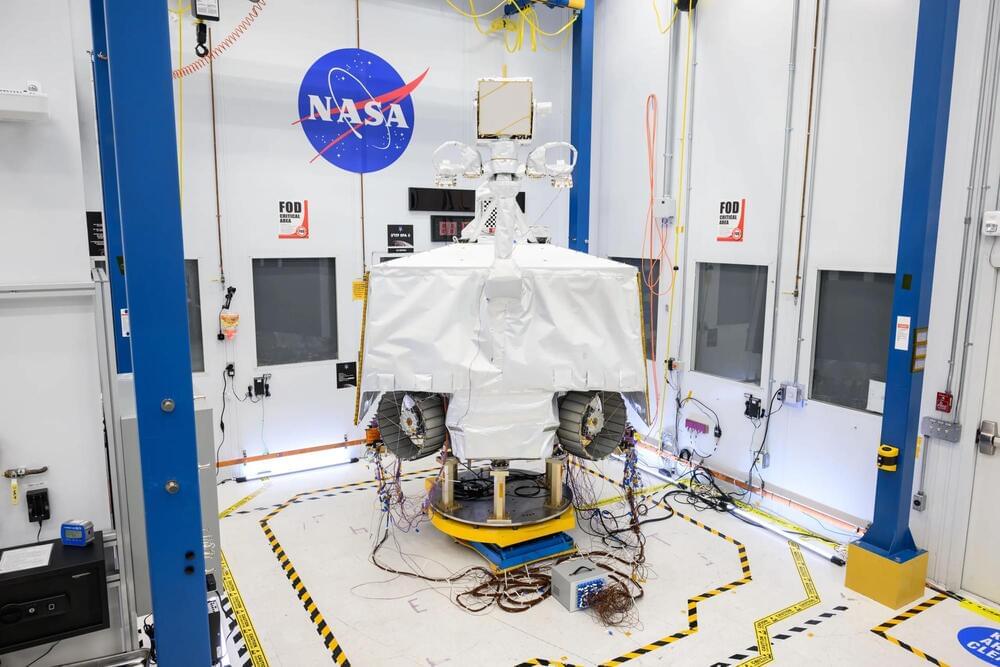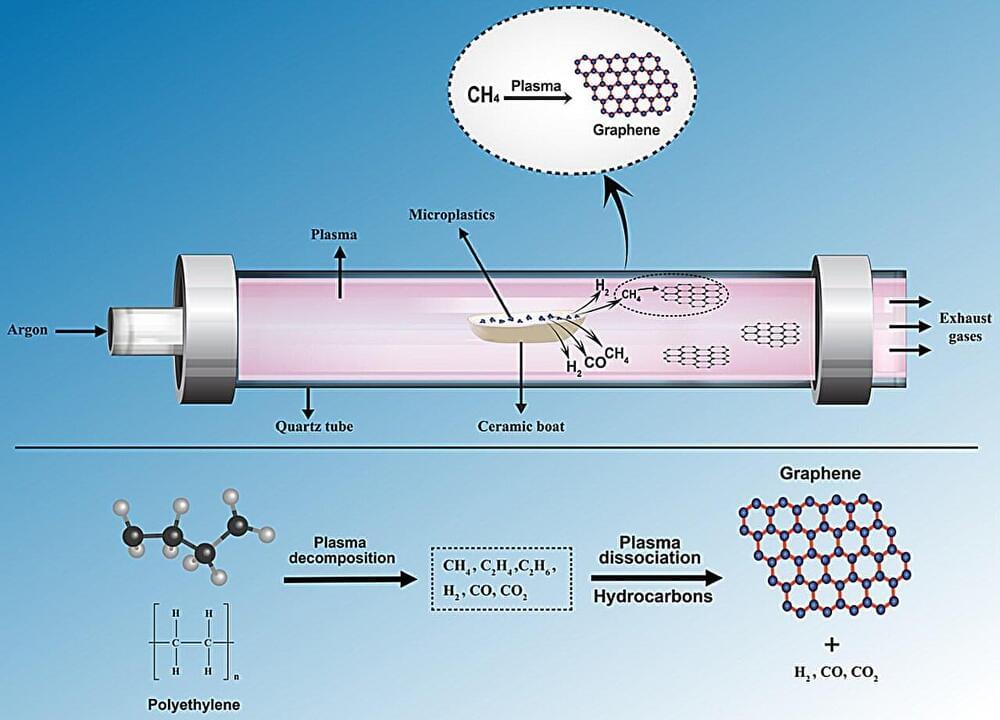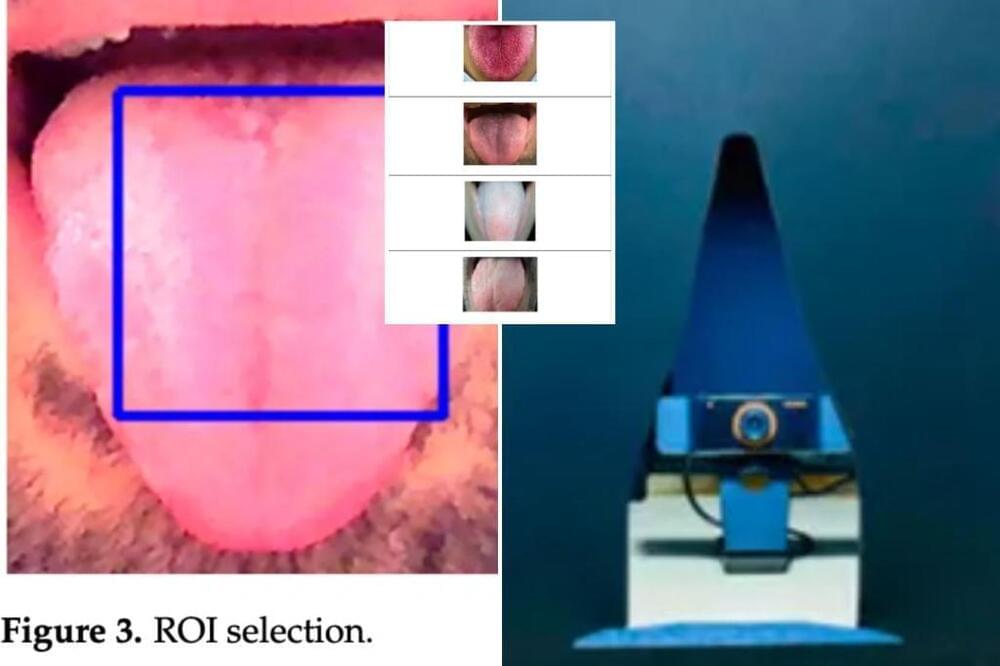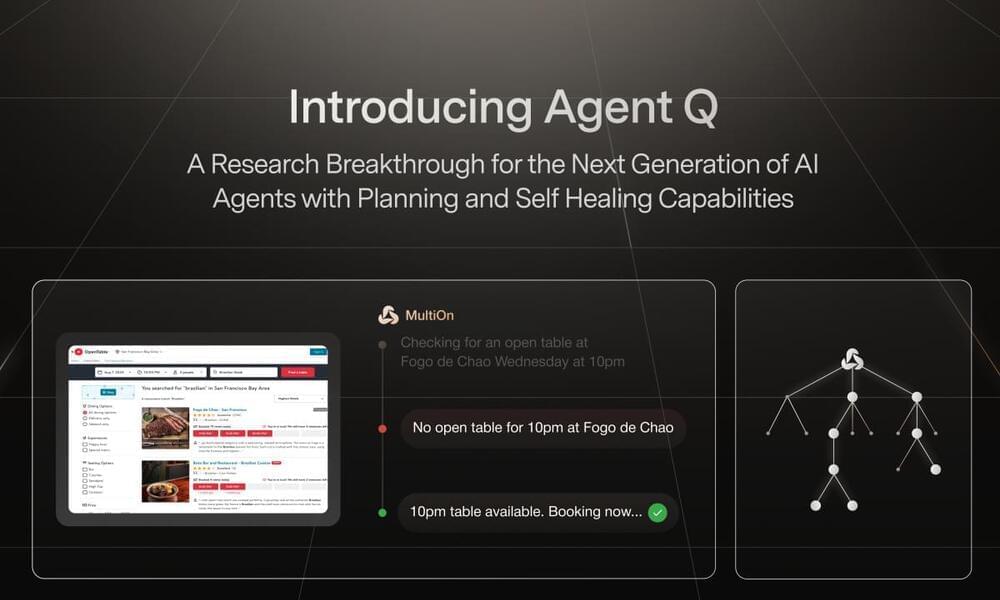Intuitive Machines reported revenue of $41.4 million in the second quarter, more than double the $18 million the company reported in the same quarter of 2023. It had an operating loss of $28.2 million in the quarter, also more than double the $13.2 million operating loss it reported in the same quarter a year ago.
The company attributed the increase in revenue to new work, such as a NASA engineering services contract that started late last year as well as initial work on a Lunar Terrain Vehicle Services contract the company received in April.
The increased losses came from what Steve Vontur, chief financial officer, described as “non-cash impacts” to modifications to its next two lunar lander missions, IM-2 and IM-3, both flying payloads for NASA’s Commercial Lunar Payload Services (CLPS) program.








